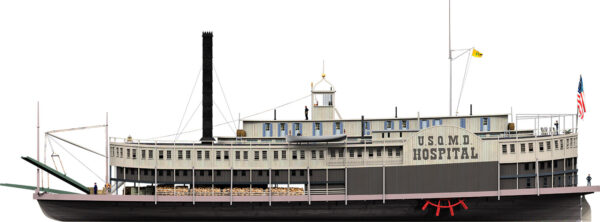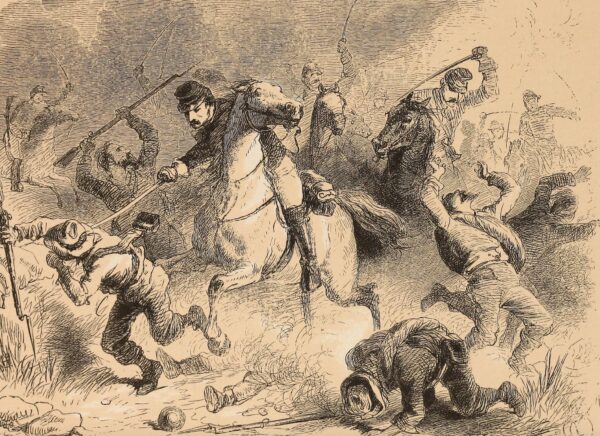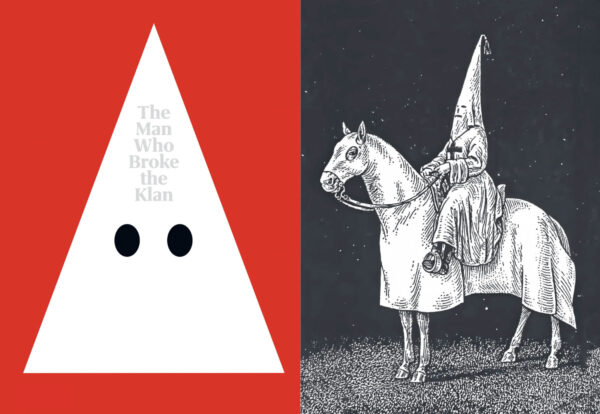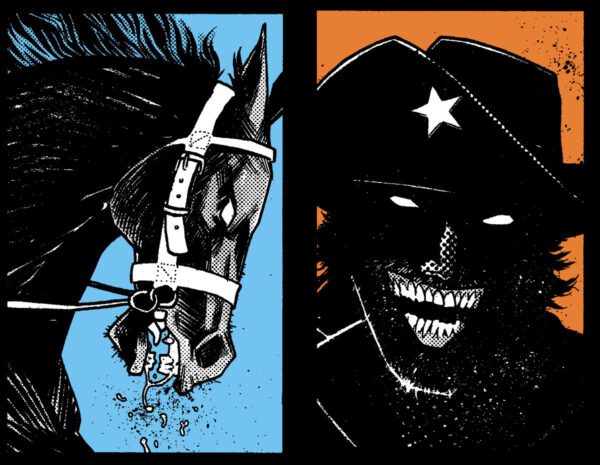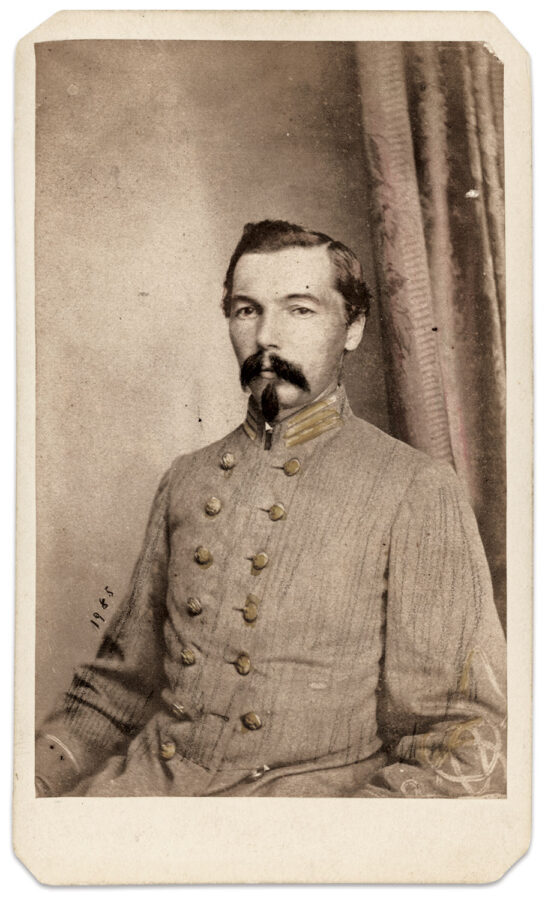 Jonathan Beasley Collection
Jonathan Beasley CollectionCharles Stephen Prescott Hill
In 1894, in Bath, Maine, a package arrived whose sender hoped it would find a former Union army officer with Civil War service. Inside was a sword engraved “Presented to Lieut. S. Nash by the ladies of Bath.” An accompanying letter described how it had been captured on the battlefield of Resaca 30 years earlier.
The sender, Charles Stephen Prescott Hill, a Baltimorean and graduate of Columbian College, in Washington, D.C., had left his job as a bank teller in 1861 to join the army. He served in the 1st Virginia Artillery before accepting a second lieutenant’s commission in the C.S. Army. Hill advanced to captain and thus began a series of ordnance assignments on the staffs of Generals William J. Hardee, Patrick Cleburne, Roswell S. Ripley, and Nathan Bedford Forrest. Hill was praised for his part in the defense of Fort Wagner on Morris Island, South Carolina, from the spring of 1863 until the fort’s abandonment in September. He then transferred to Cleburne’s staff in the Army of Tennessee and subsequently acquired the sword.
But it turned out that the sword had been presented not to any Mainer but to First Lieutenant Sumner L. Nash of Bath, Ohio, and the 163rd Ohio Infantry. Nash survived the war and, when he read in a newspaper article about the sword’s arrival in Maine, claimed to have lost the sword in another action in 1864.
Some years after the war, Hill returned to Washington and worked in the U.S. State Department. His skill with numbers led to his organization of the Census Analytical Association (to become known as the National Statistical Association) in 1888. Hill died at 56 in 1895, survived by his wife and five children.
Ronald S. Coddington is publisher of Military Images, a magazine dedicated to showcasing and preserving photos of Civil War soldiers and sailors.
Related topics: Confederacy

